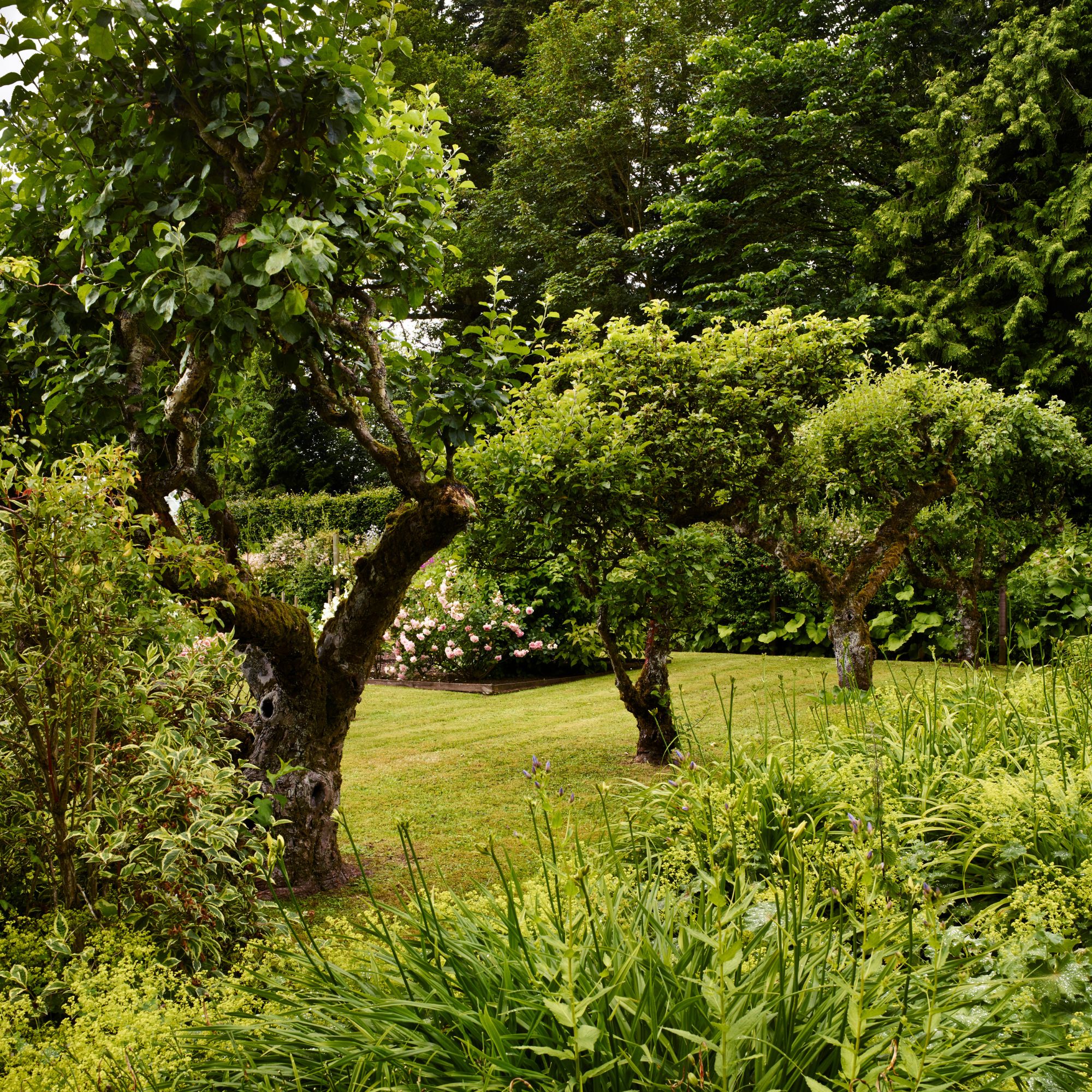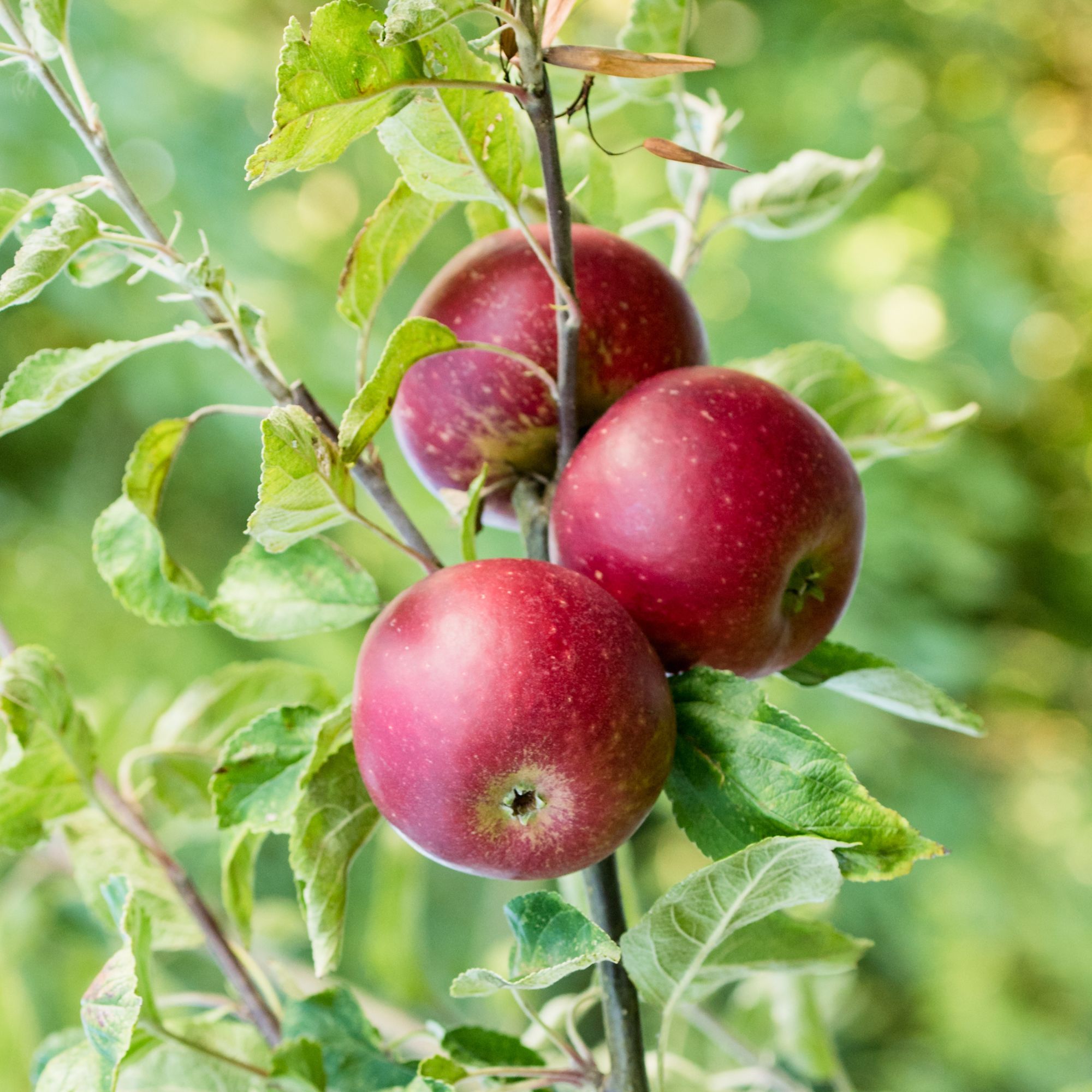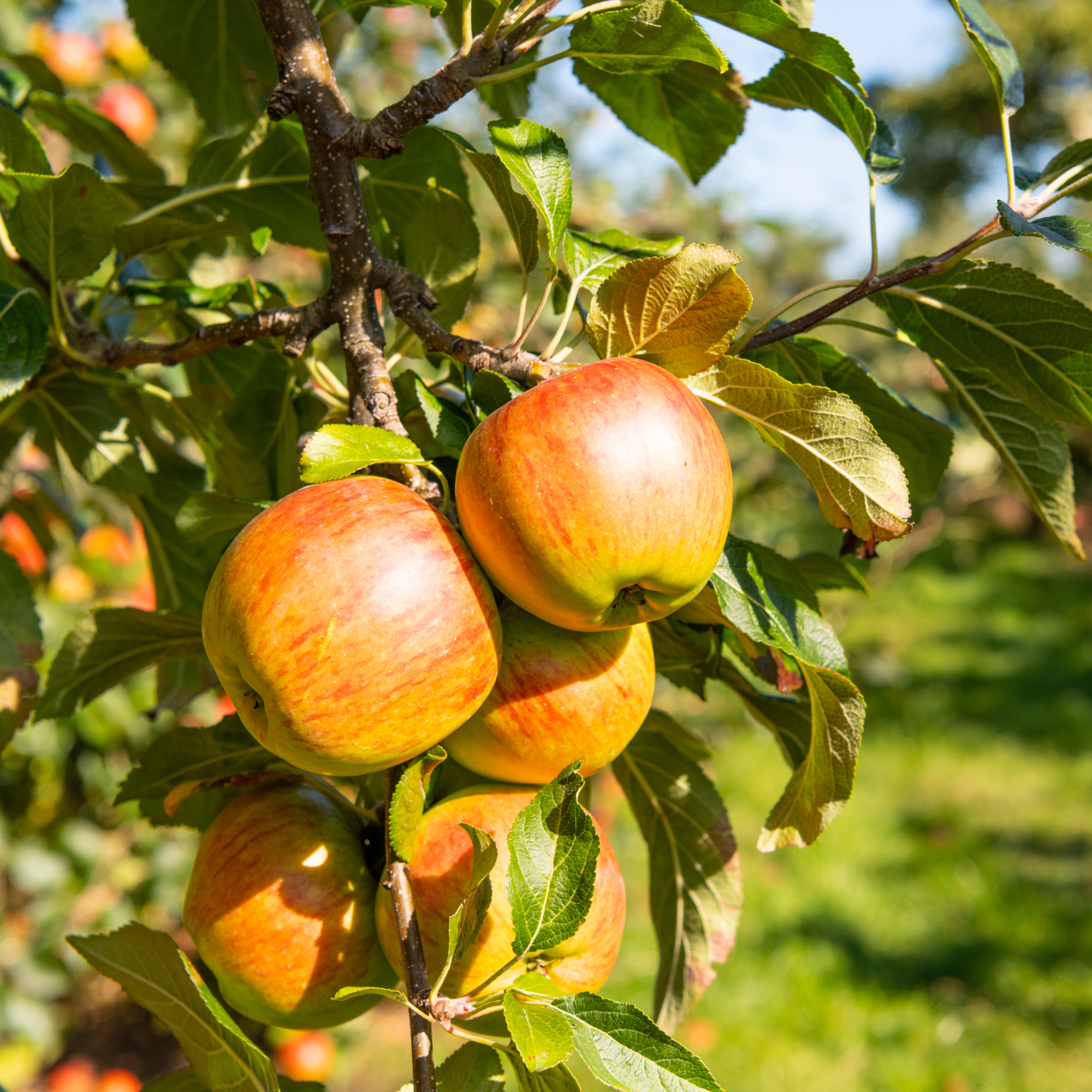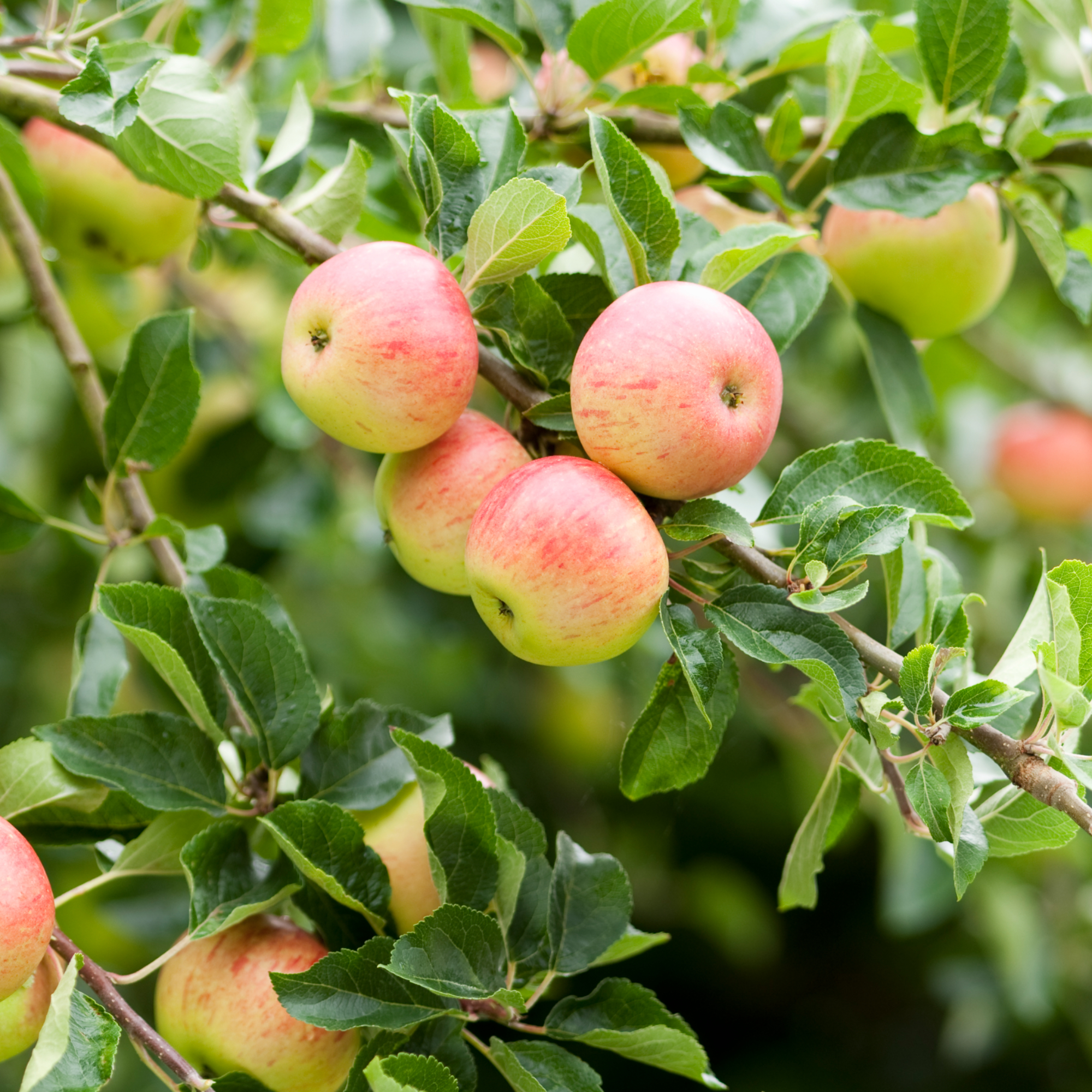
If you’re hoping for bumper fruit crops year after year, it’s crucial that you know when to prune apple trees.
In fact, timing is just as important as knowing how to prune apple trees — and fruit tree pruning is the key to better harvests each year. Prune at the wrong time, and you'll risk damaging your tree long-term. But as we near the end of winter, we’re in the perfect timeframe to get started.
So, when exactly is the best time to prune apple trees? We checked in with fruit tree experts to find out.
What you'll need

When to prune standard apple trees
Apple trees are among the easiest fruit trees to grow, but an annual pruning session will help ensure they produce their best crop every year.
If you have a standard apple tree, you’ll need to wait until at least the end of winter to make sure you're giving it the healthiest trim.
‘The best time to prune an apple tree is late winter to early spring, typically between February and April, before new growth begins,’ says Steph Dunn James, managing director at tree growing nursery Frank P Matthews.

Rules around when to prune apple trees largely depend on their dormancy window.
‘During this dormant period, the tree is less susceptible to disease, and pruning encourages strong growth in the upcoming season,’ Steph explains.
So, late winter to early spring is the best time to prune apple trees. But what happens if you prune at the wrong time?

‘Timing is crucial,’ warns Kate Turner, gardening guru at Miracle-Gro. ‘Pruning during the wrong time, such as late autumn, can stress the tree, making it more vulnerable to disease and reducing its overall vigour and productivity.’
We asked Steph which diseases apple trees can become vulnerable to if they’re pruned at the wrong time.
‘Pruning too early in the winter can make the tree vulnerable to winter injury and fungal diseases, like canker,’ she explains. ‘These can enter through open wounds, especially in damp autumn and winter conditions.’
When to prune trained apple trees

If you have larger or trained apple trees, it’s probably worth adding another pruning session into the mix. This second prune is more for cosmetic purposes than anything else, so you'll still need to prune in the winter to keep up the tree's health.
Morris Hankinson, managing director of Hopes Grove Nurseries, says, ‘If you have trained apple trees such as espaliers or overgrown trees, these can be pruned in the summer until the end of August.’ So, you can add apple trees to your list of plants and trees to prune in July.
So, why prune trained apple trees in the summer? ‘Pruning trained apple trees in August helps to tidy up any messy branches,' Morris explains.
'You may notice some shooting up which are known as ‘water shoots’. These don’t produce any fruit and use precious energy needed for fruit to grow. They can also cause overcrowding and reduce airflow to the tree.’
FAQs
What happens if you don't prune apple trees?
Knowing when to prune an apple tree is crucial if you want your tree to stay healthy and fruitful each year.
'Fruit trees can become too tall and unwieldy if left unpruned for an extended period, so annual pruning helps manage their size, making it easier to harvest fruit and care for the tree,' explains Tom Kitching, executive chairman at Henchman Ladders.
That's why taking on the task of pruning an apple tree is so important — especially if you're hoping to grow one of the best fruit trees for a small garden.
Can you control the height of an apple tree?
Apple trees are vigorous growers, and if you don’t keep an eye on them, they can grow out of control. However, if you can start pruning an apple tree during its early years, you should be able to control the height. You’ll just need to prune a little off the top every year.
If you have inherited a large, overgrown apple tree, however, it’ll be a little trickier. You should never prune too much of an apple tree at once (in fact, you should never cut off more than one-third), so it may take you a few years to bring the height down.
Now you know when to prune apple trees, it’s time to get pruning!







